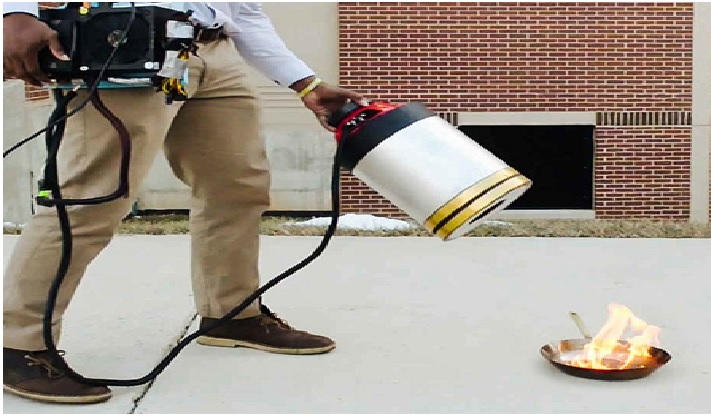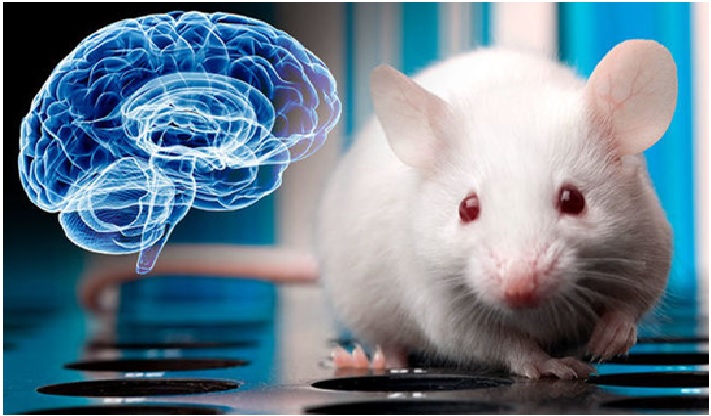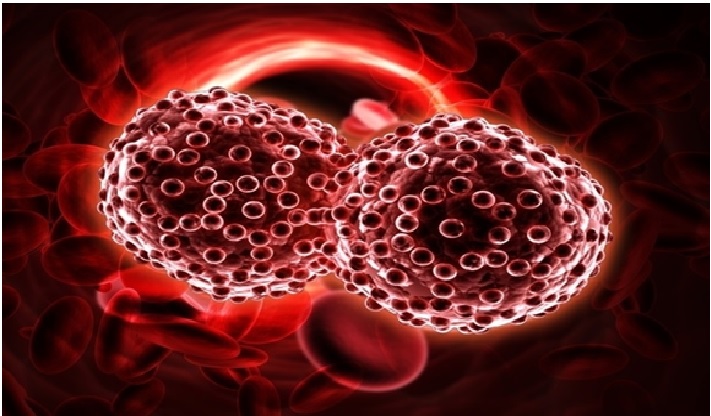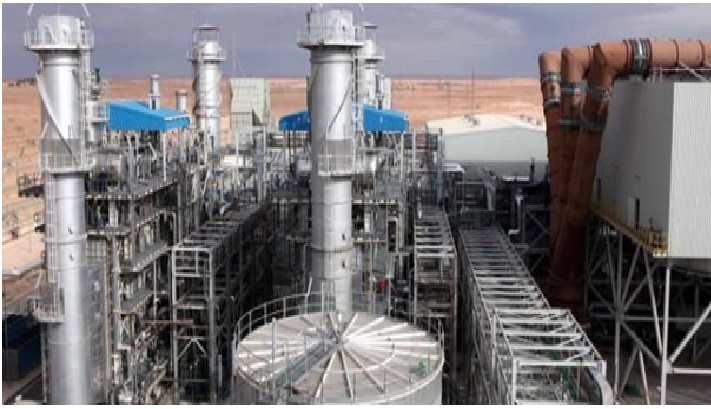The Technology of Electric Bike Speed Controller
Ebikes are the transport medium of our future. We are moving towards the electric vehicles era leaving behind the fuel based mechanisms. [1] Well in case of ebikes there are 3 major components required.
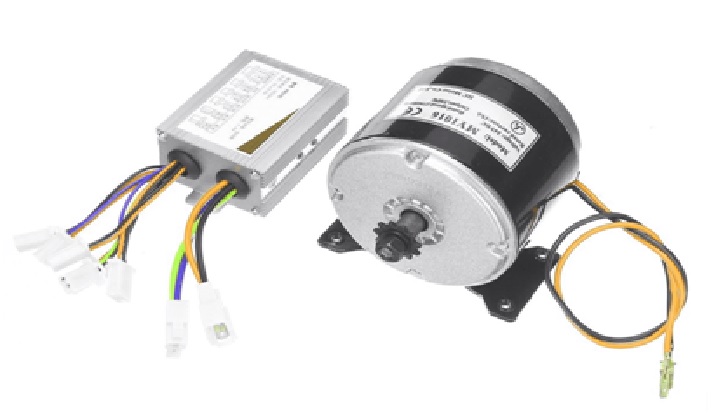
Figure 1: The Electric Bike Controller [2]
We here propose to develop and test a working ebike controller. The ebike controller will be performing the following operations:
The controller's main function is to take inputs from all the E-bike parts like throttle, battery, speed sensor, display, motor, etc., and determine what to be returned signal. [3] The different controller design has multiple protections that are,
The speed controller of an electric bike is an electronic circuit that not only controls the speed of an electric motor but also serves as a dynamic brake. This controller unit uses power from the battery pack and drives it to the hub motor. Different types of controllers are used for brushed and brushless motors. For adaptive e-bikes, a conversion kit is used and the controller is the main component of that kit.
The electric bike speed controller sends signals to the bike's motor hub in various voltages. These signals detect the direction of a rotor relative to the starter coil. [4] The proper function of a speed control depends on the employment of various mechanisms. In a purpose-built electric bike, Hall effect sensors help detect the orientation of the rotor. If your speed controller does not include such sensors -- and the speed controller on an adaptive bike may not -- the electromotive force of the undriven coil is calculated to get the rotor orientation.
References:
- https://nevonprojects.com/ebike-speed-controller-system-stm32/
- https://powerwatcher.net/e-bike-controllers
- https://robu.in/how-to-choose-e-bike-motor-controller/
- https://www.livestrong.com/article/372418-how-an-electric-bike-speed-controller-works/
Cite this article:
Vinotha D (2022), The Technology of Electric Bike Speed Controller, AnaTechMaz, pp.183



